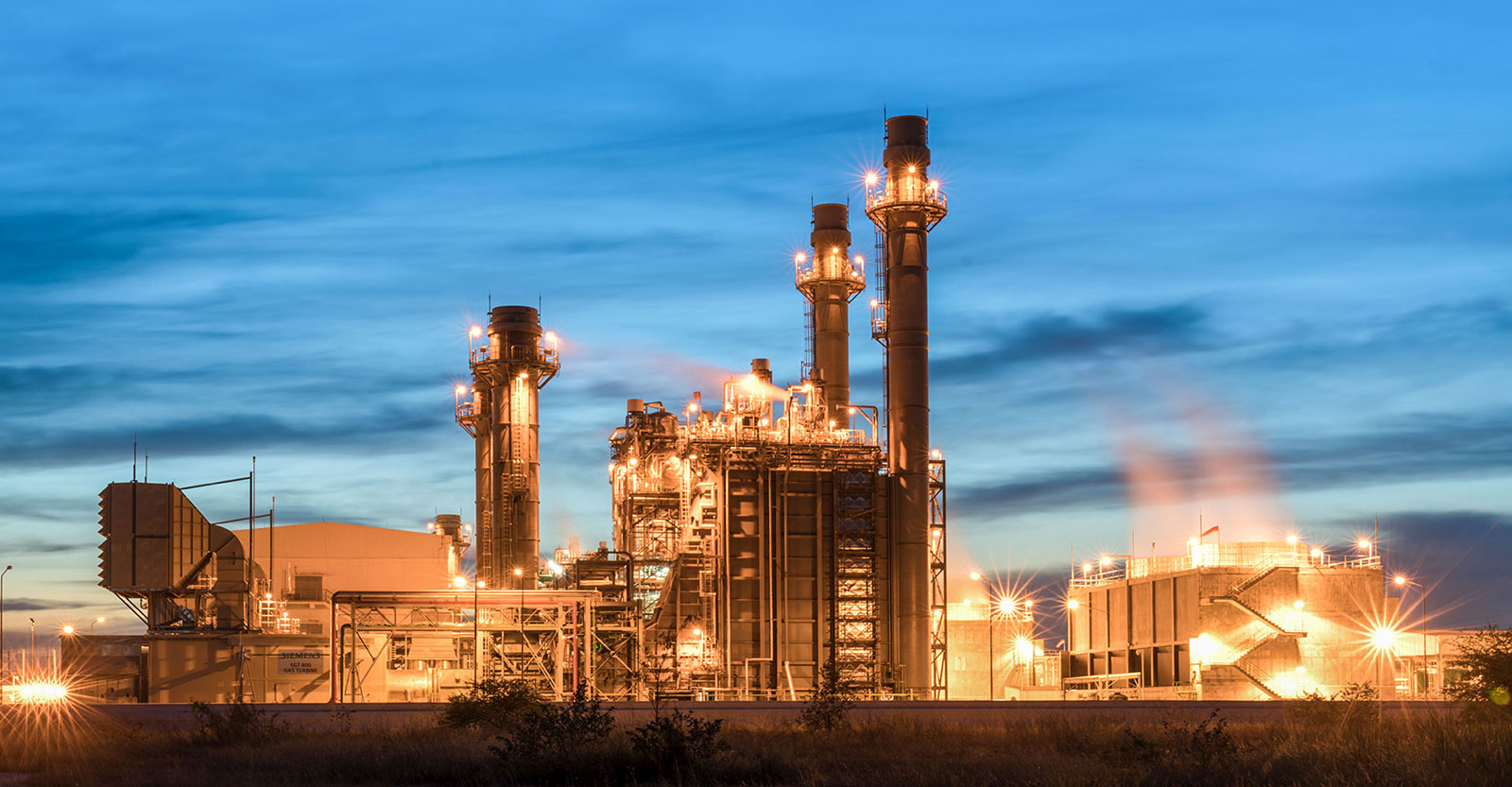
The Growth of the Indian Polymer Market: Key Drivers and Future Prospects
The Growth of the Indian Polymer Market: Key Drivers and Future Prospects
The Indian polymer market has seen remarkable growth over the past few decades, transforming into a significant segment of the country’s industrial landscape. The surge in demand for polymers, driven by various industries such as automotive, packaging, and construction, has established India as a key player in the global polymer market. This blog delves into the key drivers behind this growth and provides insights into future prospects for the Indian polymer market.
Key Drivers of Growth
- Economic Development and UrbanizationThe rapid economic development and urbanization in India have played a crucial role in the expansion of the polymer market. As cities grow and infrastructure projects proliferate, the demand for construction materials, including polymers, has increased significantly. Polymers are essential in various construction applications, such as pipes, insulation materials, and fittings, contributing to the sector’s growth.
- Booming Packaging IndustryThe packaging industry is one of the largest consumers of polymers. The rise in e-commerce, increasing consumerism, and changing lifestyles have driven the demand for packaging materials. Polymers offer durability, flexibility, and cost-effectiveness, making them ideal for packaging applications. The growth of the packaging industry, therefore, directly correlates with the expansion of the polymer market in India.
- Automotive Sector ExpansionThe automotive industry in India has been growing steadily, driven by increased vehicle production and sales. Polymers are extensively used in the automotive sector for manufacturing components such as dashboards, bumpers, and interior trims. The lightweight nature of polymers contributes to improved fuel efficiency, making them a preferred choice for automotive manufacturers. This trend has significantly boosted the demand for polymers in the country.
- Advancements in Polymer TechnologyTechnological advancements in polymer production and processing have led to the development of high-performance materials. Innovations such as biodegradable polymers, high-strength composites, and nanotechnology-enhanced polymers have expanded the applications of polymers across various industries. These advancements have not only increased the demand for polymers but also opened new avenues for their utilization.
- Supportive Government PoliciesThe Indian government has implemented several policies and initiatives to promote the growth of the polymer industry. Initiatives such as the Make in India campaign and favorable FDI policies have attracted investments in the polymer sector. Additionally, the government’s focus on infrastructure development and the Smart Cities Mission has further stimulated the demand for polymers in construction and related applications.
Future Prospects
The future of the Indian polymer market looks promising, with several factors indicating sustained growth and expansion. Here are some key prospects for the industry:
- Rising Demand for Sustainable PolymersWith increasing environmental awareness and stringent regulations, there is a growing demand for sustainable and eco-friendly polymers. The Indian polymer industry is gradually shifting towards the production of biodegradable and recyclable polymers. This transition is expected to create new opportunities and drive growth in the market.
- Expansion of End-User IndustriesThe continued expansion of end-user industries such as healthcare, electronics, and agriculture is likely to fuel the demand for polymers. In the healthcare sector, polymers are used in medical devices, packaging, and drug delivery systems. The electronics industry relies on polymers for components like casings and connectors. In agriculture, polymers are used in irrigation systems, greenhouse films, and packaging. The growth of these industries will contribute to the overall expansion of the polymer market.
- Technological InnovationsOngoing research and development in polymer technology are expected to yield new and advanced materials with enhanced properties. Innovations such as smart polymers, which respond to environmental stimuli, and self-healing polymers are likely to find applications in various high-tech industries. These technological breakthroughs will not only diversify the applications of polymers but also increase their demand.
- Global Market IntegrationAs the Indian polymer industry continues to grow, it is likely to become more integrated into the global market. Export opportunities for Indian polymers are expected to increase, driven by the competitive advantages of cost-effective production and high-quality materials. This global integration will open new revenue streams for Indian polymer manufacturers.
- Focus on Research and DevelopmentInvestment in research and development (R&D) is crucial for the sustained growth of the polymer industry. Indian companies and research institutions are increasingly focusing on R&D to develop innovative polymer solutions. Collaborations with international research bodies and participation in global R&D initiatives will further enhance the capabilities of the Indian polymer industry.
Challenges and Mitigation Strategies
While the Indian polymer market holds great potential, it also faces several challenges that need to be addressed for sustained growth:
- Environmental ConcernsThe production and disposal of polymers raise significant environmental concerns. The industry needs to focus on developing sustainable production methods and promoting the use of eco-friendly polymers. Implementing effective waste management and recycling systems is essential to mitigate environmental impact.
- Raw Material DependencyThe Indian polymer industry relies heavily on the import of raw materials, exposing it to fluctuations in global prices and supply chain disruptions. Developing domestic sources of raw materials and promoting the use of alternative feedstocks can reduce this dependency and enhance the industry’s resilience.
- Technological GapsDespite advancements, there are still technological gaps in the Indian polymer industry compared to global standards. Investing in advanced manufacturing technologies, automation, and skilled workforce development is crucial to bridge these gaps and enhance competitiveness.
- Regulatory ChallengesNavigating complex regulatory frameworks can be challenging for polymer manufacturers. Streamlining regulatory processes, ensuring compliance with international standards, and fostering a supportive regulatory environment are essential for the industry’s growth.
Conclusion
The Indian polymer market is poised for significant growth, driven by economic development, expanding end-user industries, and technological advancements. The supportive government policies and rising demand for sustainable polymers further enhance the market’s prospects. However, addressing challenges such as environmental concerns, raw material dependency, and technological gaps is crucial for sustained growth. By leveraging opportunities and mitigating challenges, the Indian polymer industry can achieve its full potential and establish itself as a global leader in the polymer market.


